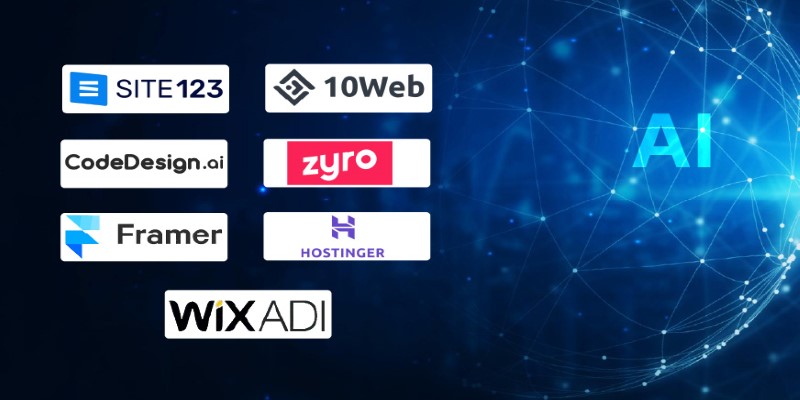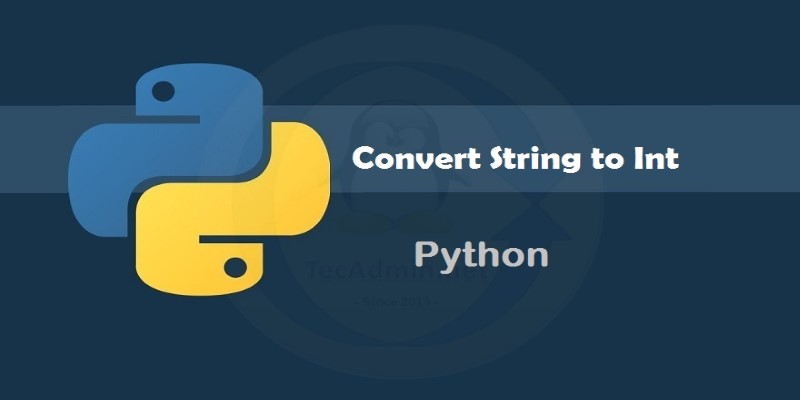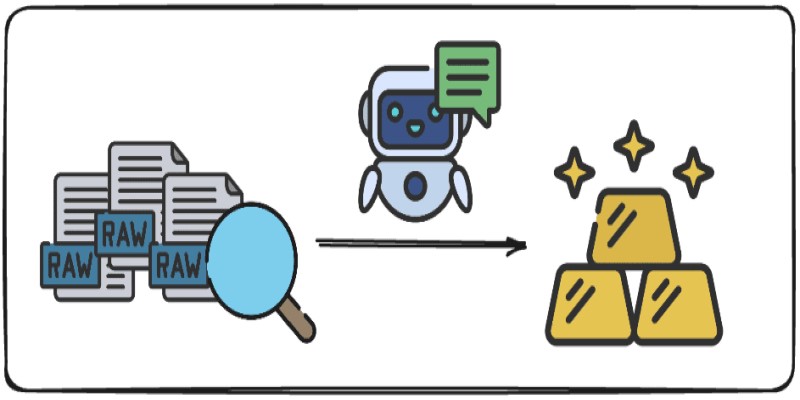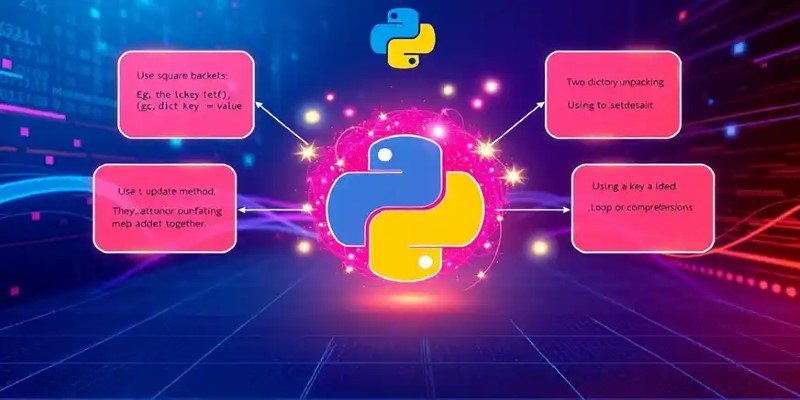Advertisement
Oyster is a worldwide employment platform that assists companies in hiring, onboarding, and managing remote talent in 180+ countries. It simplifies the international hiring process by managing compliance, payroll, and other legal requirements, allowing companies to scale internationally more easily and without having to establish entities in every country.
Its services are relevant to a vision of remote-first, borderless hiring and are even more important in the post-pandemic work environment. While AI may become more prevalent in HR tech, and we have seen some examples from Oyster already, it appears that they are taking a cautious approach rather than automating everything.

While many other HR tech companies have rushed to stitch AI into all parts of recruitment, Oyster appears committed to a healthier and more responsible deployment of AI. They think that AI can help make better, faster, and more efficient decisions in recruitment and hiring processes. Still, it can never replace a human's ability to use judgment or understand the local customs and specific legal, cultural, and ethical standards of the country being hired in.
Oyster views AI as a tool to augment human decision-making and never replace it. The platform we use during operations may use AI, but we are still in charge of how decisions are made.
Here is a list of caution-driven reasons:
Oyster applies AI tools to amplify human procedures, not replace them. AI, for example, will allow us to help automate document processing and contracts and provide compliance information. However, our team still approaches the assessment and the decision-making around hiring and talent assessment. This use of AI, as a secondary and applicative type role in our process, continues to allow a human-centred hiring experience for our role (and particularly candidates from more remote regions that may be disenfranchised by AI / the bias of AI from the given system from which it was trained).
Examples of AI in use at Oyster
AI provides speed and scale (and organisation) to the hiring process but also carries a serious risk of algorithmic bias, opacity, and legal headaches. This is doubly true in cross-border environments, where the scale of risk exposure is compounded by different cultural expectations, applicable discrimination laws, and privacy-related regulations.
Oyster recognises these challenges (this includes not being too dependent on AI tools, of course, in the candidate screening, evaluation, and decision processes) and recognizes that fairness, legality, and trust do become much bigger issues with people from places where some of the AI circumstantial biases could be more damaging than others.
Important considerations include:
Internally, Oyster has its own standards for ethical AI use, particularly around fairness, transparency, and the inclusion of human oversight. Rather than operating unthinkingly, the company knows how to audit its technology stack so that AI applications do not inadvertently bolster inequality.
Ethical safeguards include:

Oyster's restraint has put it in a unique position, unlike companies developed on an AI-based strategy with AI-powered hiring bots or fully automated talent matching. In so many hiring vendors chase a fully automated and entirely possible for efficiency, Oyster sees value in the long term, post-trust, and ethically scalable.
Oyster's model values equity and inclusivity over speed, which is the heart of many companies looking to expand responsibly globally. This thoughtful balance contributes to Oyster's position within the space of responsible innovation in HR.
For Ocean's clients, especially mission-driven, globally distributed companies, their clients appreciate going slow with technology—it may be important to automate as little as possible, while still making things easier for humans (e.g., making human support available and clear). When entering the foreign marketplace, clients care most about fairness, accuracy, and human support. Companies are increasingly conscious of both reputational and legal risks associated with sloppy AI deployment, so Oyster's responsible model aligns with their goals for a less people-first hiring experience.
Client feedback includes:
Oyster continues to be highly competitive in the global hiring space, even with a slow rollout of AI. Overall, Oyster's responsible tech model does not sacrifice quality for time; in fact, it improves the platform's reliability and users' trust. By not dealing with the ramifications of careless AI decisions, Oyster can offer clients long-term relationships, both companies and individuals.
Yes. Oyster demonstrates that it's possible to advance with artificial intelligence without trumping values, as long as a reasonable and principled pace is followed. In an era of rapid technology adoption where values often go unaddressed, Oyster's measured use of artificial intelligence to help with global hiring is a clear reminder that technology is meant to serve, not supplant, people.
Oyster's success indicates a meaningful market for ethical, human-centered hiring solutions amidst the rapidly growing global workforce, which is increasingly predicated on remote and distributed work.
Advertisement

Looking to turn your images into stickers? See how Replicate's AI tools make background removal and editing simple for clean, custom results

Oyster, a global hiring platform, takes a cautious approach to AI, prioritizing ethics, fairness, and human oversight

Learn seven methods to convert a string to an integer in Python using int(), float(), json, eval, and batch processing tools like map() and list comprehension

SAS acquires a synthetic data generator to boost AI development, improving privacy, performance, and innovation across industries

Learn about Inception Score (IS): how it evaluates GANs and generative AI quality via image diversity, clarity, and more.

Want to turn messy text into clear, structured data? This guide covers 9 practical ways to use LLMs for converting raw text into usable insights, summaries, and fields

Want to build a dataset tailored to your project? Learn six ways to create your own dataset in Python—from scraping websites to labeling images manually

Create user personas for ChatGPT to improve AI responses, boost engagement, and tailor content to your audience.

Learn how AI parameters impact model performance and how to optimize them for better accuracy, efficiency, and generalization

Learn 8 effective methods to add new keys to a dictionary in Python, from square brackets and update() to setdefault(), loops, and defaultdict

Learn how the zip() function in Python works with detailed examples. Discover how to combine lists in Python, unzip data, and sort paired items using clean, readable code

Learn how sorting lists in Python using sort() can help organize data easily. This beginner-friendly guide covers syntax, examples, and practical tips using the Python sort method